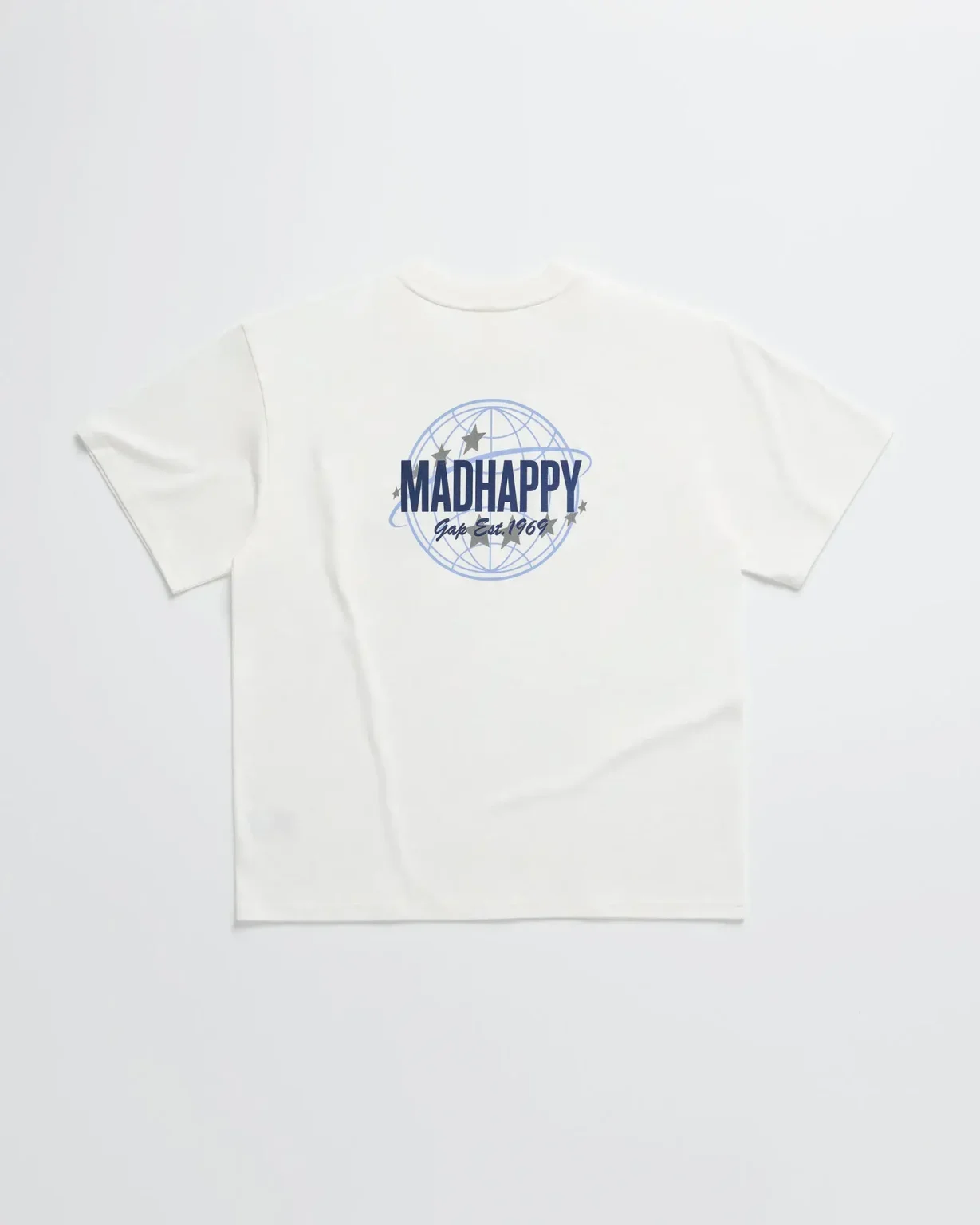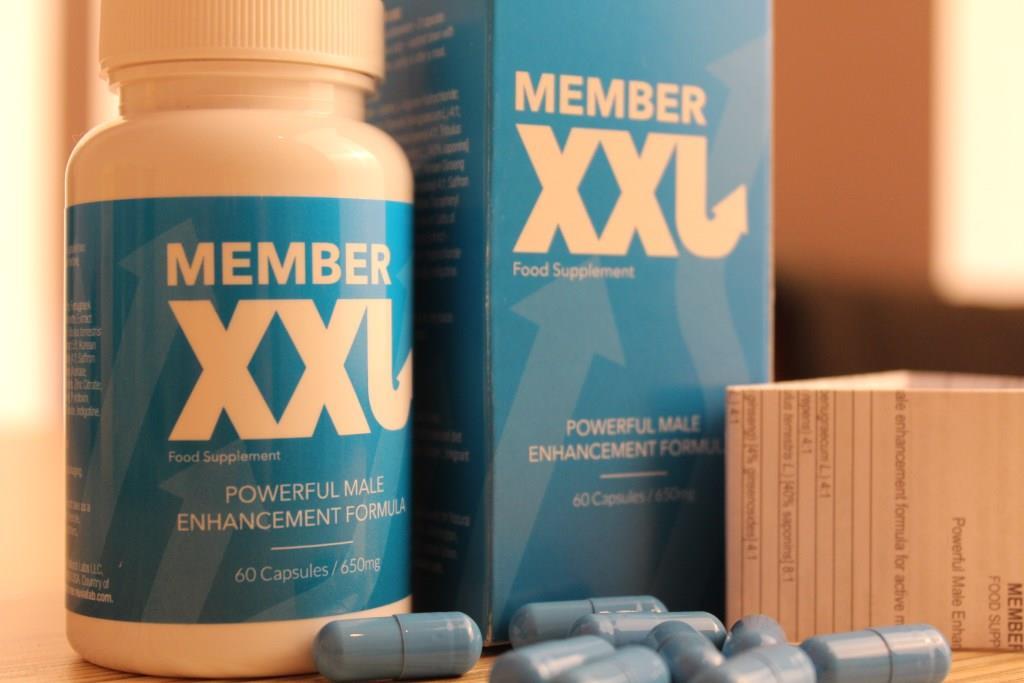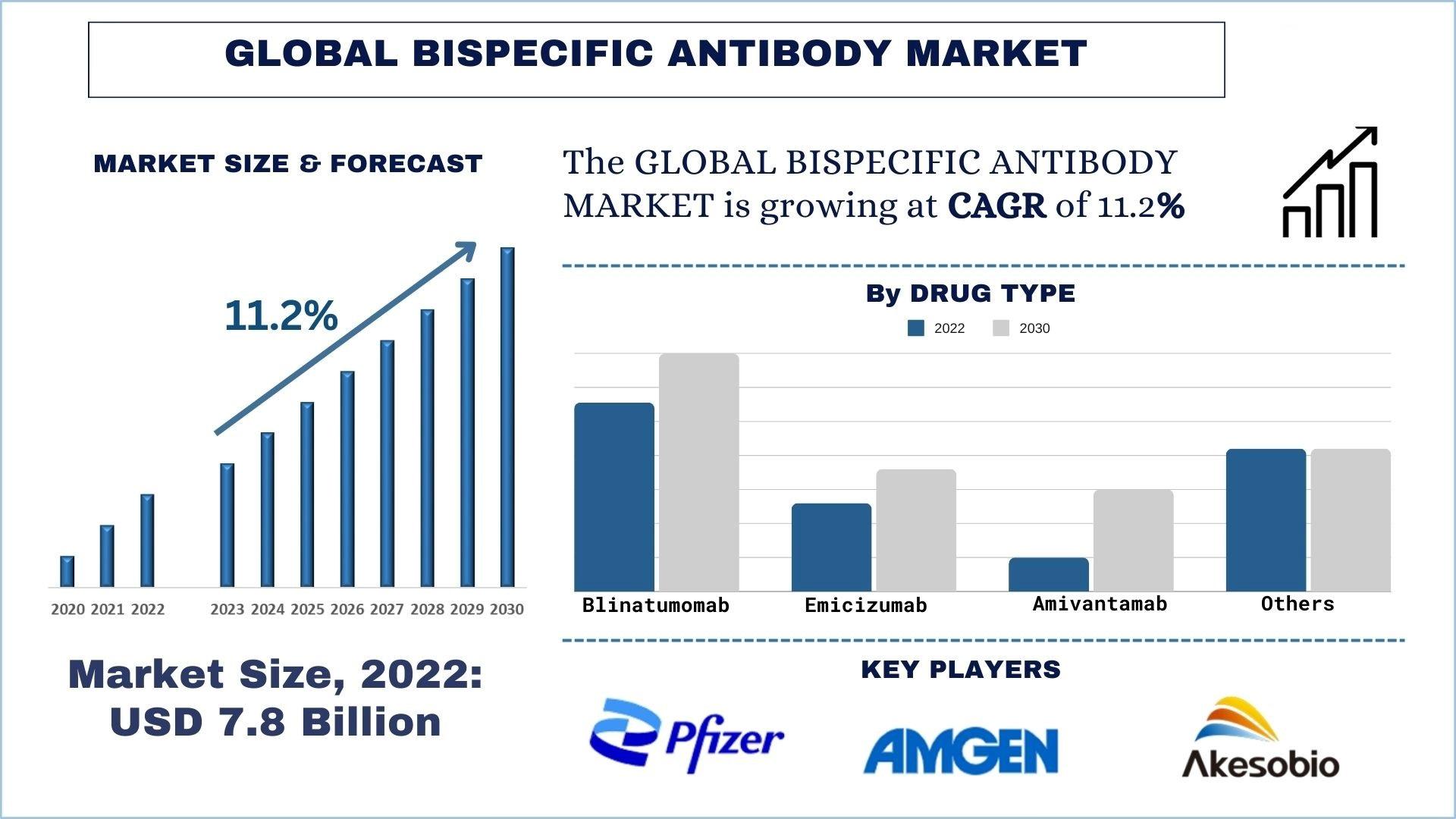Madhappy: The Fashion Movement That Dresses for the Mind

The Birth of a Purpose-Driven Streetwear Brand
In a saturated fashion world where hype often trumps meaning, Madhappy emerged as a different kind of voice—calmer, more intentional, and deeply human. Founded in 2017 by four friends—Peiman Raf, Noah Raf, Mason Spector, and Joshua Sitt—Madhappy was never just about hoodies and joggers. From day one, it was about sparking meaningful dialogue around mental health through clothing that feels good, looks good, and does good. The idea was radical: what if clothing could be more than a surface-level statement? What if it could be a medium for emotional connection?
The founders, especially Peiman Raf, had personal experiences that inspired the brand's mission. Battling anxiety and depression, Peiman realized how much people needed a safe space to feel seen, heard, and understood. Madhappy was the creative response to that gap in culture—a label that fuses luxury streetwear with mental health advocacy. This was not just a brand but a movement rooted in authenticity, vulnerability, and self-expression.
More Than Apparel: Madhappy as a Cultural Platform
Madhappy doesn't just design clothes; it designs conversations. While most streetwear brands focus on exclusivity, Madhappy flips the script, inviting inclusivity and open dialogue. This approach is most clearly seen in their Local Optimist campaign—a digital and physical extension of the brand that aims to build community around mental wellness. The Local Optimist platform features thoughtful blog posts, interviews, resources, and interactive content tailored toward mental health education. It’s rare for a fashion brand to dive this deep into personal well-being, but for Madhappy, this isn’t a marketing strategy—it’s the soul of the brand.
They also collaborate with mental health professionals, therapists, and non-profit organizations to bring their mission to life. A portion of Madhappy's proceeds supports The Madhappy Foundation, which funds mental health research and access to care. In a world that often glamorizes suffering or ignores it altogether, Madhappy stands out for choosing empathy over ego.
Aesthetics with Intention: The Madhappy Design Philosophy
Visually, Madhappy garments have a distinct identity—clean lines, uplifting color palettes, and typography that’s both bold and soft. Their pieces often carry messages like “Optimism,” “Mental Health Awareness,” or “Check in on Yourself.” These aren't empty slogans but invitations to reflect. Unlike traditional luxury fashion which often feels aloof, Madhappy's design language is human, accessible, and emotionally resonant.
What sets their style apart is the duality it embraces: comfort meets premium quality. You’ll find heavy fleece sweatshirts dyed in warm pastels, vintage washes, or seasonal tones that exude a nostalgic calm. Every drop is limited, yet grounded—not gimmicky or trying too hard. Madhappy doesn’t chase trends; it builds timeless wardrobe staples infused with meaning. Whether it’s a cotton hoodie, heavyweight tee, or thermal sweatpants, each product is carefully crafted to make the wearer feel not just seen, but supported.
Collaborations That Speak Volumes
In just a few years, Madhappy has attracted attention not only from fashion lovers but also from major cultural institutions. They’ve partnered with everyone from Columbia Records and Pixar to the Los Angeles Lakers. These collaborations extend Madhappy’s influence beyond clothing into pop culture, sports, and entertainment—all while retaining their message of mental well-being.
Take the Madhappy x Columbia capsule, for example. It wasn’t just a fashion collection—it was a campaign about music’s emotional power. The Pixar collab tapped into childlike wonder, showing that optimism isn’t naïve—it’s courageous. With each collaboration, Madhappy manages to strike a rare balance: aligning with massive brands while never losing its soul.
These drops typically sell out within hours, proving that the demand for mindful fashion is not a niche but a global shift. More importantly, they prove that emotional resonance, when done authentically, is more powerful than any logo.
Community First: Pop-Ups and Real-World Impact
Part of Madhappy Tracksuit genius lies in how it bridges digital and physical experiences. While their online store remains the primary sales hub, the brand has always prioritized in-person interactions through its beautifully curated pop-up stores. These spaces are more than retail spots; they’re sanctuaries. Imagine stepping into a storefront where soft music plays, pastel art lines the walls, mental health resources sit by the checkout, and the staff greet you with genuine warmth. This is the Madhappy vibe.
They’ve hosted pop-ups in cities like Los Angeles, New York, Aspen, Miami, and internationally in London and Paris. Each location is thoughtfully localized, featuring city-specific designs and community-driven events like guided meditations, wellness panels, and art therapy sessions. These aren’t just gimmicks to sell more merch—they’re genuine attempts to spark healing and human connection.
This focus on locality and personal engagement fosters a deeper sense of community around the brand. Madhappy doesn't just sell hoodies to customers—it builds relationships with people. And those people walk away feeling lighter, more seen, and part of something bigger than themselves.
The Mental Health Mission: From Slogan to Strategy
It’s one thing to talk about mental health—it’s another to invest in it meaningfully. Madhappy isn’t performative in its advocacy. The Madhappy Foundation, launched in 2020, puts real money behind their mission. It supports a variety of initiatives from university research grants to school-based wellness programs. They're also committed to breaking the stigma through education, providing digestible and accessible mental health content on their platforms.
Madhappy has teamed up with organizations like The Jed Foundation and Project Healthy Minds to scale impact. Their content doesn’t just romanticize struggle—it aims to demystify it. They frequently post about anxiety, depression, burnout, and emotional regulation using accessible language. For many young followers, it’s often the first time they’ve encountered this type of honest discourse around feelings.
This clarity of purpose transforms Madhappy from just another feel-good brand into a mental health infrastructure—especially for Gen Z, who are increasingly seeking brands that reflect their values. At a time when rates of depression and anxiety are rising, Madhappy is one of the few fashion labels meeting that crisis head-on.
The Madhappy Aesthetic: A Mood, Not Just a Look
Streetwear is often defined by bravado, but Madhappy subverts this with an aesthetic of softness and introspection. Their pieces feel like a warm hug—oversized, cozy, and built for self-care. Even the branding—chunky fonts, sun icons, mood trackers—is designed to make you pause and reflect.
Every collection is rooted in mood. Whether it's their “Winter Collection” featuring deep navy blues and earth tones that evoke stillness, or their “Summer Capsule” filled with optimistic yellows and sky blues, Madhappy doesn’t just follow seasons—they follow emotional states. This allows the brand to build a wardrobe not around status, but around feeling.
The result is a loyal following that doesn’t just wear Madhappy—they live in it. From influencers to athletes to therapists and everyday people, fans appreciate that Madhappy garments aren’t trying to shout—they’re trying to soothe. It’s wearable therapy in the form of fashion.
The Psychology of Color and Fabric
Another often overlooked element of Madhappy’s genius is its attention to the psychological impact of color and texture. The brand utilizes colors with intention—soft pinks to calm, sky blues to uplift, forest greens to ground. These palettes are not chosen arbitrarily; they’re often rooted in color theory and emotional psychology.
Fabric matters just as much. Heavyweight fleece offers a sense of weight and security, mimicking the comforting feel of a weighted blanket. Soft brushed cottons and premium knits are selected to nurture the senses. These tactile decisions are part of Madhappy’s silent language—comfort, care, and calmness embedded in every fiber.
In an overstimulating world, wearing Madhappy can feel like a form of resistance. It allows people to move slowly, breathe deeply, and lean into emotional softness rather than hardness.
Why Madhappy Matters in Today’s World
We live in a hyperconnected yet emotionally disconnected era. Social media has made it easy to curate a persona but hard to express vulnerability. Brands are often complicit in this, prioritizing polish over truth. Madhappy Hoodie value lies in its refusal to conform to that norm. It gives people permission to be messy, imperfect, and hopeful all at once.
Its rapid rise is not just a success story in fashion—it’s a cultural moment. It represents a new generation of branding where impact matters more than impressions. Madhappy is proof that a hoodie can be more than a fashion statement—it can be a mental health tool, a daily affirmation, a reminder to breathe.
The Future of Madhappy: Scaling With Soul
As Madhappy continues to expand—globally and creatively—the challenge will be maintaining its emotional core while scaling operations. So far, they’ve managed this balancing act with remarkable grace. Future plans include more flagship locations, deeper mental health partnerships, and an expansion into lifestyle products beyond apparel.
But what will always set Madhappy apart is its heart. In a world that often confuses loudness with importance, Madhappy chooses to whisper truths that many need to hear: It’s okay not to be okay. You’re not alone. There is strength in softness.





